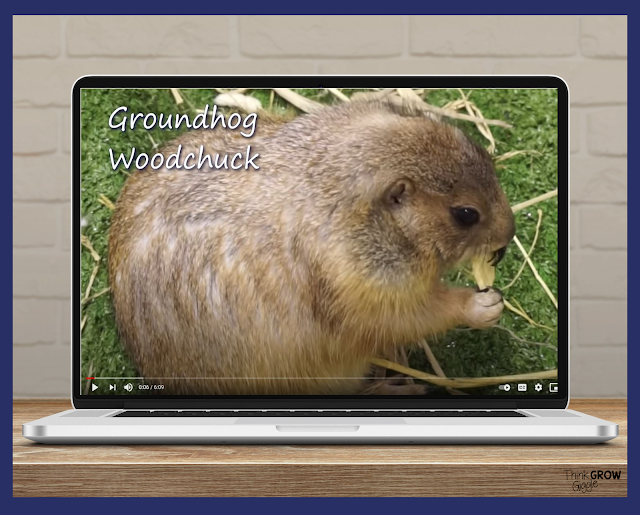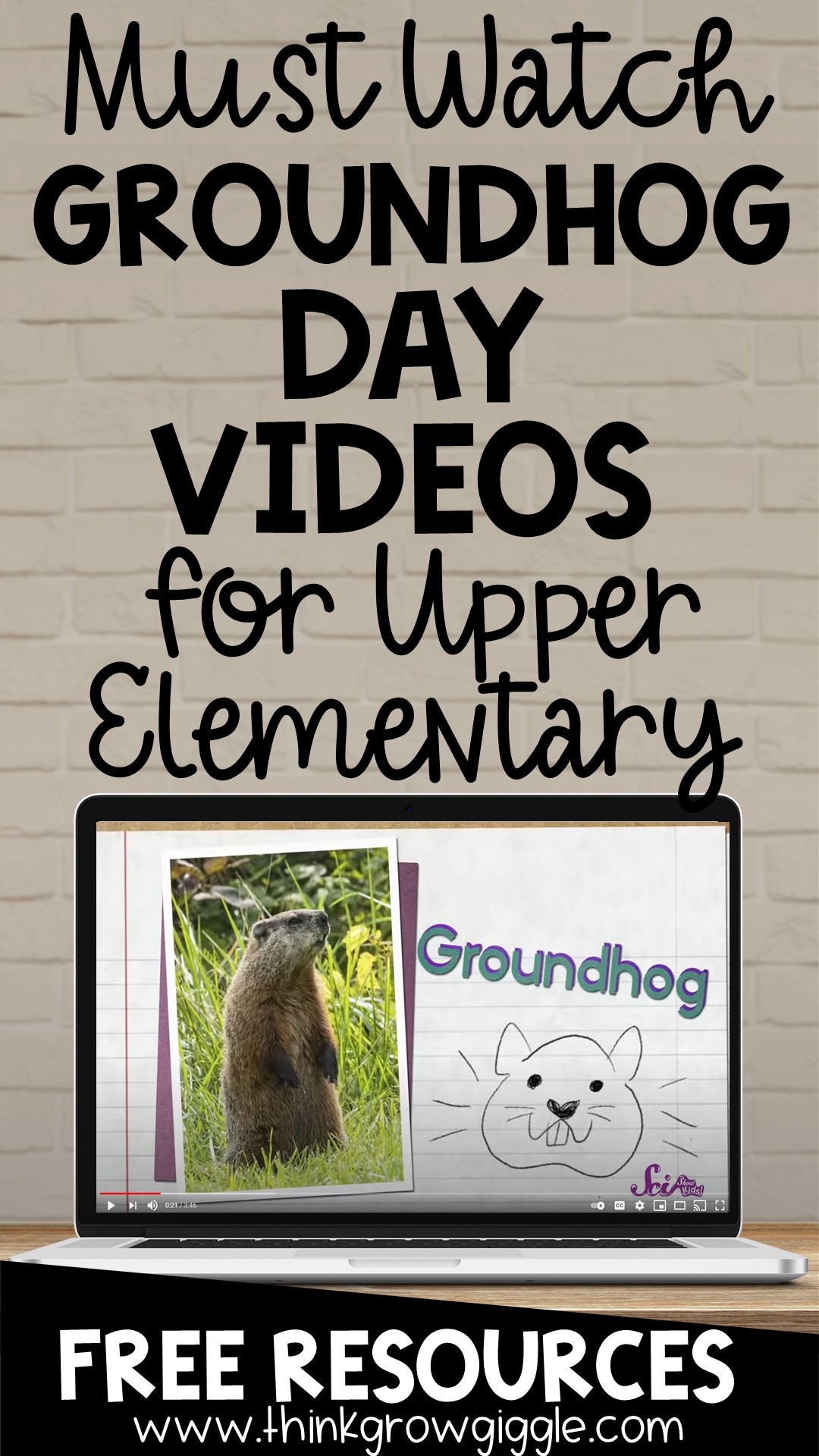If you follow me on Instagram, Facebook, Pinterest, then you know just how much I love bringing the holidays and seasons into my classroom to engage my upper elementary students.
The key to using any holiday or season to motivate students is to tie it together with meaningful learning tasks. Creating a craft is not enough. Instead, have students utilize their close reading skills while they read a nonfiction article or watch a video about the focus topic. Go a step further and have students compare what they have read with what they watched. You can easily do this with just a piece of paper. Have students create a Venn diagram and then take notes as they read and watch!
I also love using more structured activities focused around holidays to tie together writing standards. During the week of Groundhog Day, our classroom turns into a courthouse while my students debate over which should happen: an early spring or a longer winter. This activity engages students, sharpens their writing and speaking skills, and build excitement for the big day on whether Mr. Groundhog will see his shadow or not!
No matter how you involve your students in learning about Groundhog Day this year, these FREE Groundhog Day videos will inspire, educate, and motivate your students to learn more about popular holidays. Be sure to grab a set of note-taking graphic organizers for free at the bottom of this post. These are perfect to help your students take notes as they watch these educational videos.
Kindly Note: As with any video, website, or resource that you bring into your classroom, be sure to preview each video before sharing it with your class to make sure that they are appropriate for your cohort of students.
SciShow: Groundhog Day (3 minutes 40 seconds)
I love the SciShow channel! I love that the videos are short, chock full of information, and highly engaging for students. This one about Groundhogs Day (halfway point of winter) did not disappoint! The story of Groundhog Day is talked about quickly, but the majority of this video focuses on groundhogs and the rodent family. High interest for sure!
SciShow: Hibernation (3 minutes 46 seconds)
Another SciShow channel for the win! This episode focuses on hibernation and how groundhogs hibernate for the winter. This quick video is the perfect follow up to the Groundhog Day video by the SciShow team. Another must-watch.
National Geographic: Getting to Know a Groundhog (about 3 minutes)
This video follows a zookeeper as she learns how to take care of a baby groundhog named Priscilla. This is set in an animal sanctuary in Maryland. Students will learn where groundhogs like to live and what they like to eat. This is a fun, short video that will engage students.
All About Groundhogs (about 6 minutes)
This video gives information about the life of a groundhog! It tells about its habitat, what it eats, and its predators. With bright images and clear, easy to follow narration make this a must-watch this February. I love this video also as an introduction to animal report projects, too!
History of Groundhog Day (5 minutes 30 seconds)
This video tells the history and traditions of Groundhog Day and how it began. Students will learn about the famous town of Punxsatuny. The last few minutes gives fun facts about groundhogs, too.
Jack Hartmann Music Video (2 minutes 7 seconds)
If you teach young kids, you know how much they love Jack Hartmann. This video is perfect for students in K-3. It is fun and informative without being too silly. This is a fun one to watch to kick off or wrap up lessons about groundhogs and Groundhog Day.
Other notable videoes:
- PBS Media Groundhog Day (1 minute 30 seconds)
- Punxsutawney Phil Live from 2020 (12 minutes)
Print and Digital Nonfiction Note Taking Pages
Grab print AND digital FREE pages below to encourage note-taking from your students while they watch these videos. Use students' notes to engage in class discussions about groundhogs, the history of Groundhog Day, and hibernation.
No matter how you decide to celebrate Groundhog Day (and other February holidays) in your classroom, try including these videos. Need more website ideas to use with your students? Search through these websites. Have students take notes, summarize, discuss, or just enjoy the information they are learning through different forms of media. Happy Groundhog Day!
Love this post? Read this post about Valentine's Day in your classroom.



































